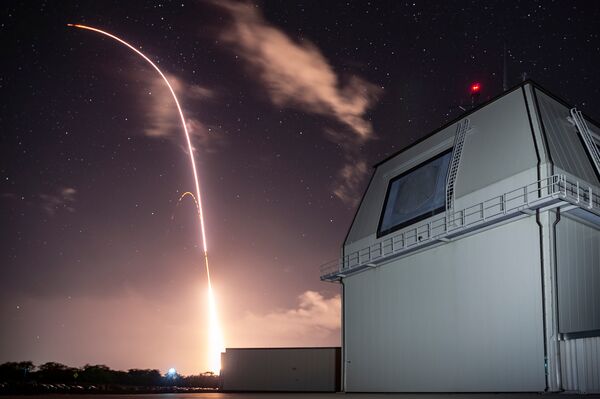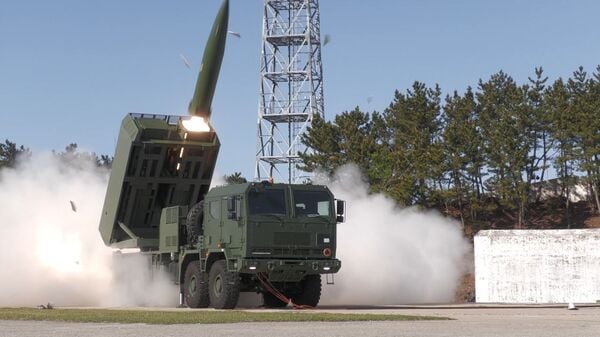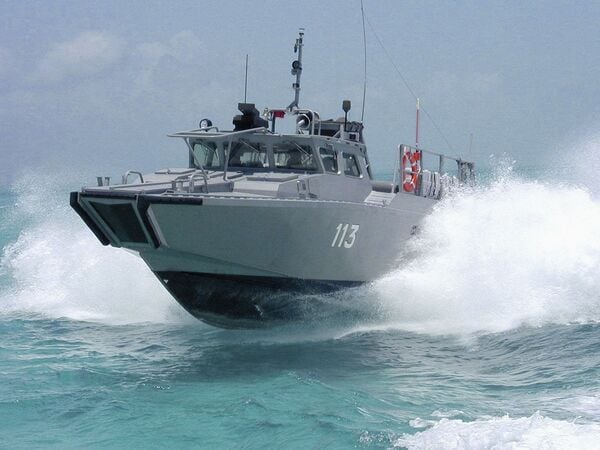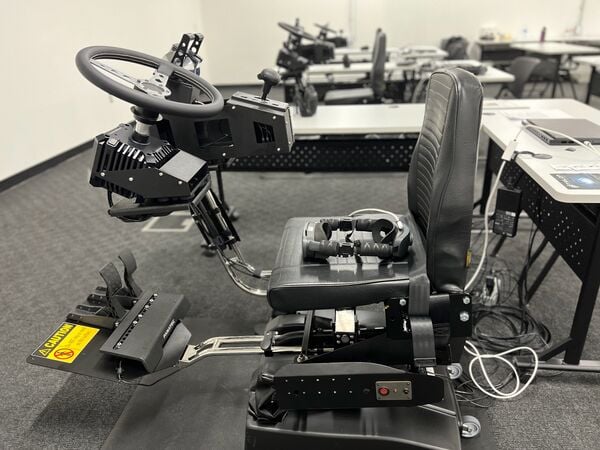- About
- Intara
- Capabilities
- Advisory
- Resources
- News
- Store
Pentagon budget 2025: Aegis BMD cut slightly in USN request
12 March 2024
by Michael Fabey


The Pentagon's FY2025 budget request for Aegis ballistic missile defence would decrease spending compared to FY2024. (US Army)
The Department of Defense is requesting about USD1.3 billion for sea-based Aegis Ballistic Missile Defense (BMD) in its proposed fiscal year (FY) 2025 budget, compared to about USD1.7 billion requested for FY 2025, according to budget documents released on 11 March.
The FY 2025 request includes 12 interceptors for USD491.4 million, compared to 39 interceptors for USD807.6 million requested in FY 2024.
The FY 2025 request also includes about USD32 million for installation-related procurement and USD784.3 million for research, development, testing and evaluation (RDT&E), compared to USD27.8 million for installation and USD887.2 million for RDT&E in FY 2024.
Aegis Sea-Based Weapon Systems build upon the existing US Navy Aegis Weapons System (AWS) and Standard Missile-3 (SM-3) design. Upgrades are being made to the weapon system and SM-3 designs which expand capability through a series of incremental, evolutionary improvements to counter more sophisticated long-range threats, including cruise missile and hypersonic threats.
The FY 2025 proposed funding procures 12 SM-3 Block IIAs and pivots from and discontinues the SM-3 Block IB procurements in favour of SM-3 Block IIA.
Poland orders second batch of Chunmoo MRLs
29 April 2024
by Nicholas Fiorenza


The AA signed a second executive contract with Hanwha on 25 April for 72 K239 Chunmoo MRLs (pictured), several thousands of missiles, and technology transfer. (Hanwha Aerospace)
The Polish Armaments Agency (AA) signed a second executive contract with Hanwha Aerospace for 72 K239 Chunmoo multiple rocket launchers (MRLs) on 25 April, the Polish Ministry of National Defence (MND) and the South Korean company announced the same day. The USD1.6 billion contract also covers the delivery of several thousands of missiles with ranges of 80–290 km, including the 600 mm CTM290, and technology transfer.
The Polish MND said on its website that it expected the contract to have a significant impact on the development of the Polish defence industry, with the technologies acquired allowing the establishment of a capability to carry out repairs and modernisation, as well as produce spare parts for the MRLs and launch pods for 122 mm rockets produced by MESKO, part of Polska Grupa Zbrojeniowa (PGZ).
Saab's Skapa initiative aims to speed technology into customers' hands
24 April 2024
by Jeremiah Cushman


Saab has developed an autonomy package for its CB 90 fast boat and demonstrated its ability to navigate the Swedish coast. Pictured above is a CB 90 that was delivered to Malaysia. (Dockstavarvet)
Saab has established a new business function to revamp how it develops and delivers products to meet changing customer requirements. Skapa, a Swedish word that means “to create, to make, or to shape”, will focus on solving customer and stakeholder problems at speed, Erik Smith, president and CEO of Saab in the United States, told reporters on 23 April. “Skapa will accelerate the development and deployment of cutting-edge solutions to our warfighters” at pace, he said.
XR Training-led consortium wins USMC ACV simulator contract
24 April 2024
by Giles Ebbutt


The XR Training consortium's USMC Amphibious Combat Vehicle driver simulator in its seat configuration with two DoF motion platform. The Vive HTC Elite headset is on the seat. The Instructor station laptop is on the table behind. (XR Training)
A consortium led by XR Training has been awarded a contract by the US Marine Corps (USMC) under an Other Transaction Agreement (OTA) to produce a driver training simulator for the new Amphibious Combat Vehicle (ACV). The value of the contract was not disclosed but Neil Levin, XR Training CEO, told Janes that it was “in the high seven-figure area”.
The consortium, which also includes Talon Simulations (hardware), 302 Interactive (software development), and Theory Studios (modelling and visuals), will deliver 81 simulators by the end of 2024, followed by a two-year training and sustainment period. Most simulators will be deployed to Camps Pendleton and Lejeune, with some for use for “schoolhouse” training and some for deploying units.
The Department of Defense is requesting about USD1.3 billion for sea-based Aegis Ballistic Missile D...
Latest Podcasts
Iran Israel analysis
In this podcast Janes analysts discuss the Iranian attacks on Israel on the 14 April. They highlight the military systems used by Iran and the performance and impact of these on Israel. They also discuss the implications of this attack goi...
Listen nowJanes Case Studies
Using Janes Intara to build a common intelligence picture: Russian build up on the Ukrainian border
View Case StudyNews Categories
 Weapons Details
Weapons Details